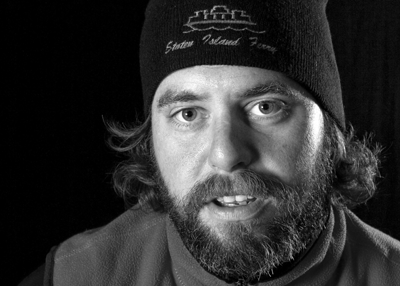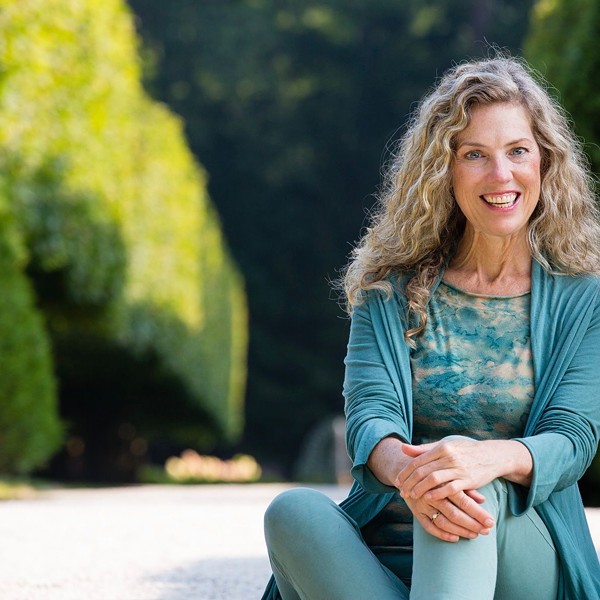Though I was raised Catholic in the 1970s, I didn’t do much Bible reading as a child. This might seem odd for someone who spent 12 years taught by priests and nuns. The liberalizing influence of the Second Vatican Council in the 1960s, however, directly influenced the progressive education I received and the structure of the Catholic mass. As students, we didn’t read the Bible in religion class, we were told that we needed to know ourselves before we could know God. In church, the folk group led the congregation in rollicking banjo-and-guitar settings of songs from “Godspell” in-between recitations of the Nicene Creed and the transubstantiation, that magic the priest performed that turned the bread and wine into the body and blood of Jesus. (I can still recall the end of the Nicene Creed from memory, the bit my classmates and I used to recite rapid fire in church as we raced to see who could finish first, without upsetting Sister Dorothy at the end of the pew: “We believe in one holy, Catholic, and apostolic Church. We acknowledge one baptism for the forgiveness of sins. We look for the resurrection of the dead, and the life of the world to come. Amen.”)
There were Bible readings during the mass, of course—an Old Testament snippet, usually obliquely presaging the coming of Christ; one letter from Paul, usually to some hard-to-pronounce, far-flung, and undoubtedly mercilessly oppressed early church community, like the Philippians; and a reading from one of the four gospels—but little emphasis was put on knowing “chapter and verse.” The Bible seemed to be some sort of founding document, like the Constitution—an arcane written artifact whose encoded mysteries I could not directly access. It required legions of intermediaries to interpret and form the ritual of the mass and the sacraments for it to be made understandable. For what 10-year-old could unravel both the Bible’s stilted language and the complex spiritual dynamics explaining the tripartite nature of God? I was content to mumble that I believed in “one holy, catholic, and apostolic Church.” Whatever that was.
I can’t recall exactly where I first saw the book with the title Good News Bible. I must have been a fairly young child, because I remember thinking: Wow, a whole book of good news, how wonderful! And it’s a Bible to boot. Maybe this will explain why I should be so pleased with being a Jesus-lover. Perhaps this is a history of all the cool stuff that has happened to people who love Jesus.
And in a way, it was (and is), as any Christian will tell you. But taking nothing away from the quite accessible translation by the American Bible Society (an evangelical Protestant organization) that is the Good News, it was still just a dusty book full of the “begats” to me. The mystery of faith remained a mystery. But what I’ve never forgotten is the idea of a book full of good news.
“Good news” is a bit of a moving target, meaning-wise, but we’re certainly all familiar with its opposite. Look at the front page of a newspaper any day of the week. Here’s a sample from the February 14th New York Times: “Vicious Killing Where Troubled Seek a Listener,” “Clinton Pays Price for Early Focus,” “For Clemens, No Joy Found in Testimony.” Death, missteps, and misery—the ongoing reportage of the human tragicomedy; it doesn’t change much day to day. The next day will bring a bombing in Pakistan, or a riot in Serbia, or yet another school shooting. All will be duly reported, as needs be.
But what about the yawning space next to these stories, the place where the stories of our positive accomplishments, the ones that demonstrate that the long arc of the universe does indeed bend toward justice should be? Where do they go?
One place is in Chronogram, of course.
Another destination is the magazine Ode. Founded in the spring of 1995 by two Dutch journalists who wanted to create an alternative to mainstream publications where positive social, environmental and economic change could be highlighted, Ode launched an English language edition in 2004. We have syndicated some good news from that publication in our current issue. The editor of Ode, Jay Walljasper, profiles Dr. Ernest Madu, director of the Heart Institute of the Caribbean, in Kingston, Jamaica. Dr. Madu’s institute is creating a model for affordable, high-end health care in the developing world (p.26), bringing Western medical advances to countries that are increasingly coping with Western medical problems like obesity, tobacco-related illnesses, and cardiovascular disorders.
More good news comes via our Food section, where Ilyse Simon profiles vegan deli Karma Road in New Paltz (p. 62). Chef/owners Jenn and Seth Davis are creating nourishing, tasty fare from a simple but profound philosophical underpinning: How our food is grown has an environmental impact: Eat local whenever possible. Don’t buy or serve polluted food. Tread lightly.
Freud believed our greatest achievement as humans was our ability to stare into the absurd face of our doomed existence, acknowledge the cosmic joke of it, and laugh. Sparrow puts this sense of cosmic absurdity into his writing better than anyone I’ve had the pleasure to edit. His latest provocation, “A Newer Stump Speech” (p.14) contains the most up-to-date policy formulations of his presidential campaign, which will hopefully fix you in paroxysms of laughter. And that’s pretty good news.
Get your weekly dose of Chronogram on Monday mornings at 8:15 with Brian and Greg Gattine on “The Morning Show with Gattine and Franz.” WDST, 100.1FM.


















